Iconic Symbols have always played a crucial role in human communication, transcending language and culture. These iconic symbols carry rich histories and meanings, often deeply rooted in the human psyche. In this exploration, we delve into the origins and meanings of some of the world’s most famous symbols, from ancient and spiritual symbols to modern-day icons.
Ichthys
The Ichthys, or Christian fish symbol, represents Jesus Christ and Christianity. Its origins trace back to the early days of Christianity when it was used as a secret symbol by early Christians during times of persecution.

Peace Sign
The peace sign, with its two semaphore letters “N” and “D” for Nuclear Disarmament, became a universal symbol of peace and anti-war movements during the 1950s and 1960s.
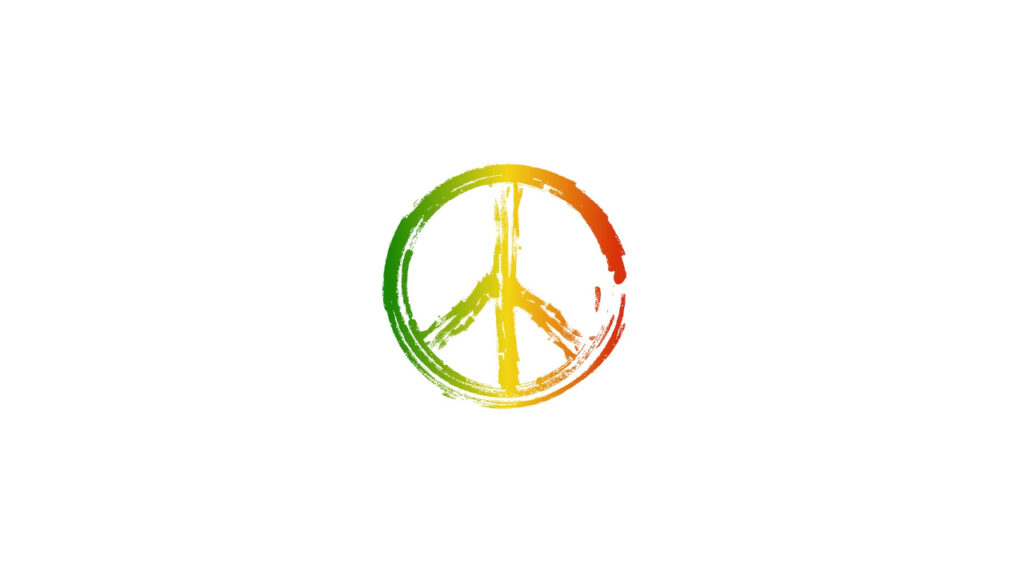
All-Seeing Eye
Often associated with the Illuminati, the All-Seeing Eye represents divine providence, omnipotence, and the watchful eye of a higher power in various cultures, including ancient Egypt.
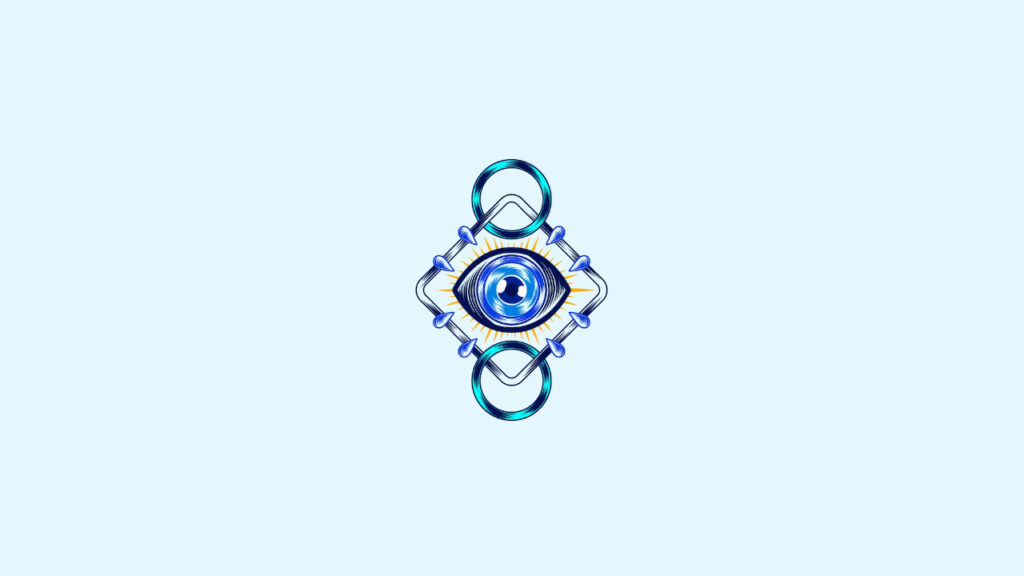
Swastika
Originally a sacred symbol in Hinduism, Buddhism, and Jainism, the swastika’s meaning was tragically altered by its association with the Nazi regime in the 20th century.

Evil Eye
The Evil Eye, a belief held in many cultures, is a symbol meant to ward off negative energy or malicious intent, often seen as a protective amulet.
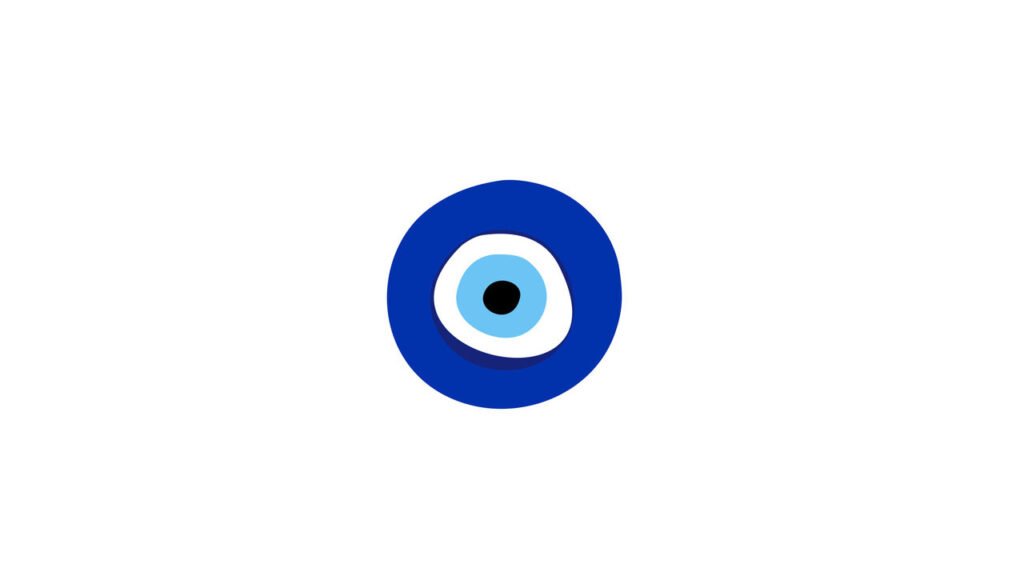
Hammer and Sickle
The Hammer and Sickle, a symbol of communism, represents the unity of industrial and agricultural workers and the struggle against capitalism.

Trinity Knots
Commonly associated with Celtic culture, the Trinity Knot represents the concept of triunity, often interpreted as a symbol of eternity or the Holy Trinity in Christianity.

The Cross
The Cross is one of the most widely recognized symbols worldwide, representing the crucifixion and resurrection of Jesus Christ in Christianity.
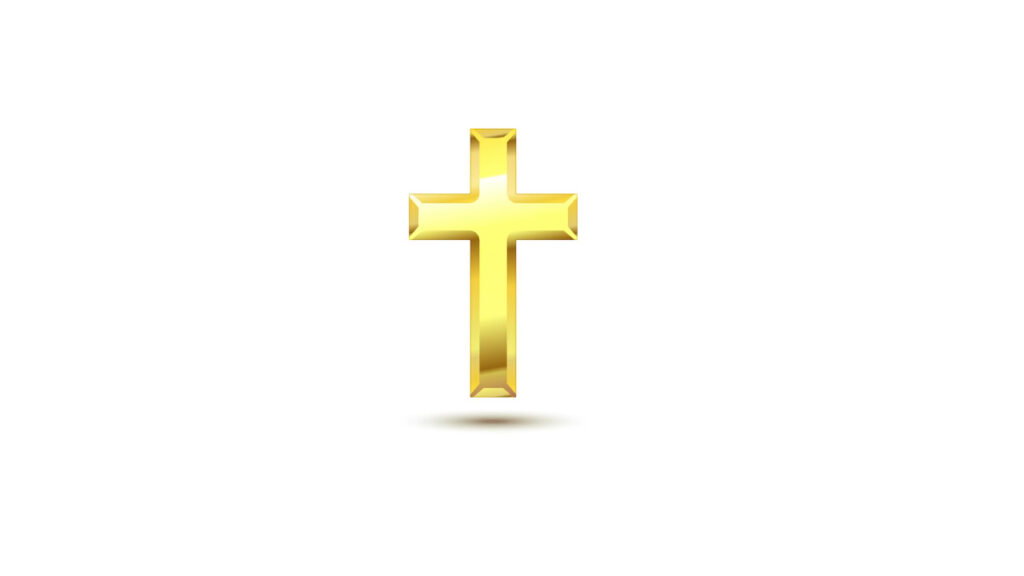
Yin and Yang
In Chinese philosophy, the Yin and Yang symbolizes the interdependency of opposites, such as light and dark, and the balance and harmony they bring.
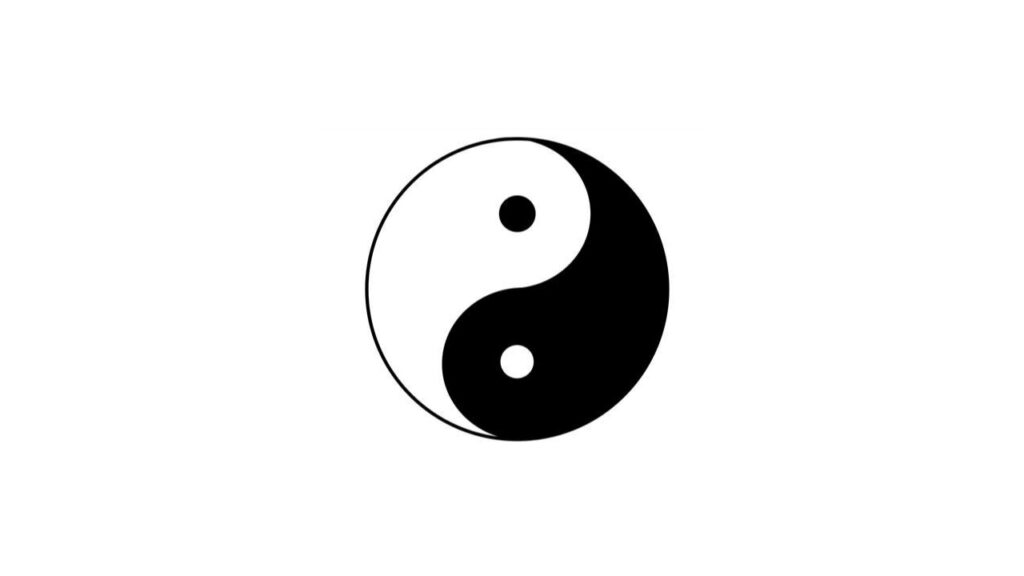
Star of David
The Star of David, or Magen David, is a prominent symbol of Judaism, though its origins and precise meanings remain a subject of debate among historians.
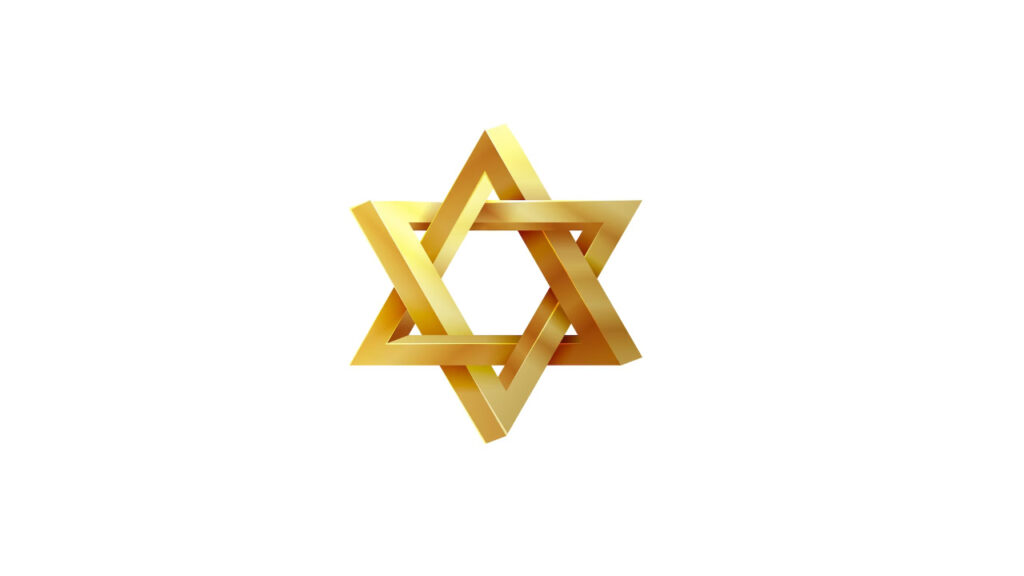
Pi (π)
The Greek letter Pi is used in mathematics to represent the ratio of the circumference of a circle to its diameter and is a fundamental constant in geometry.
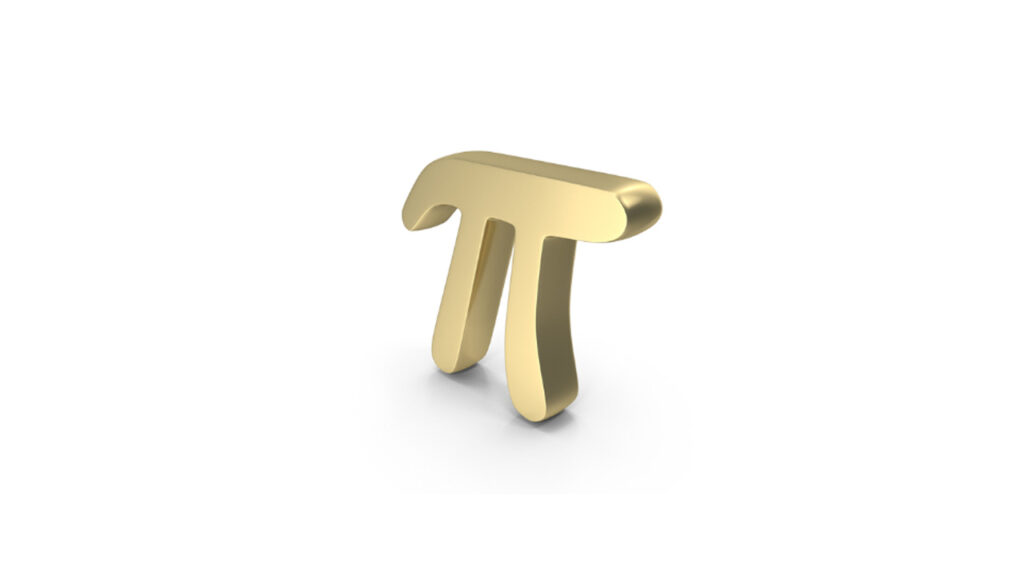
The Heart
Universally recognized as a symbol of love and affection, the heart’s origins as a symbol of the human soul date back to ancient civilizations.

The Double-Headed Eagle
Often associated with the Byzantine Empire and later adopted by various European nations and Masonic organizations, the Double-Headed Eagle represents power and dominion.
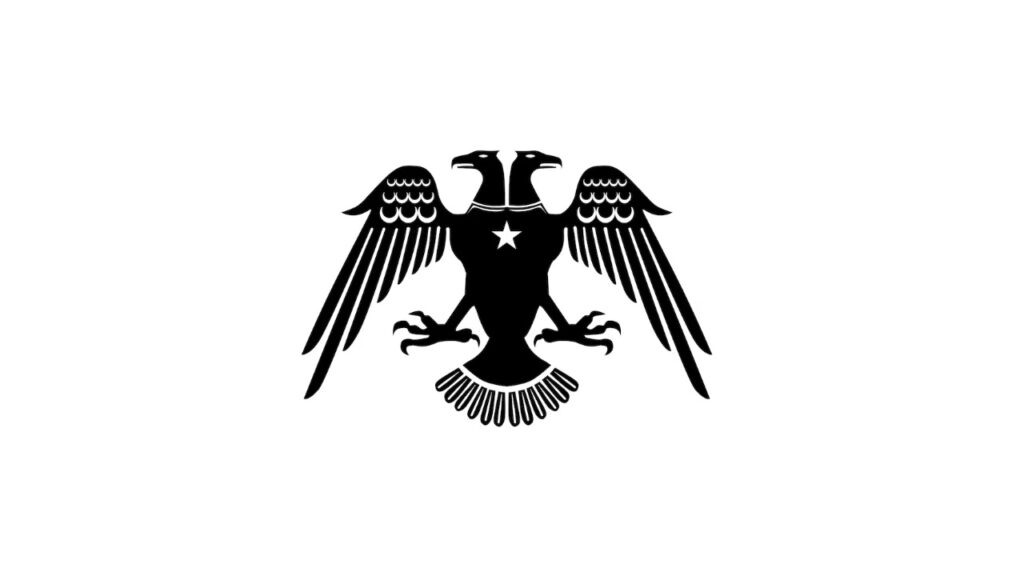
Ankh
In ancient Egypt, the Ankh symbolized life and immortality. It is often held by gods and pharaohs in ancient Egyptian art.

Fleur-de-lis
The Fleur-de-lis, with its stylized lily or iris, has represented various aspects of nobility, purity, and divine power throughout history, particularly in French culture.
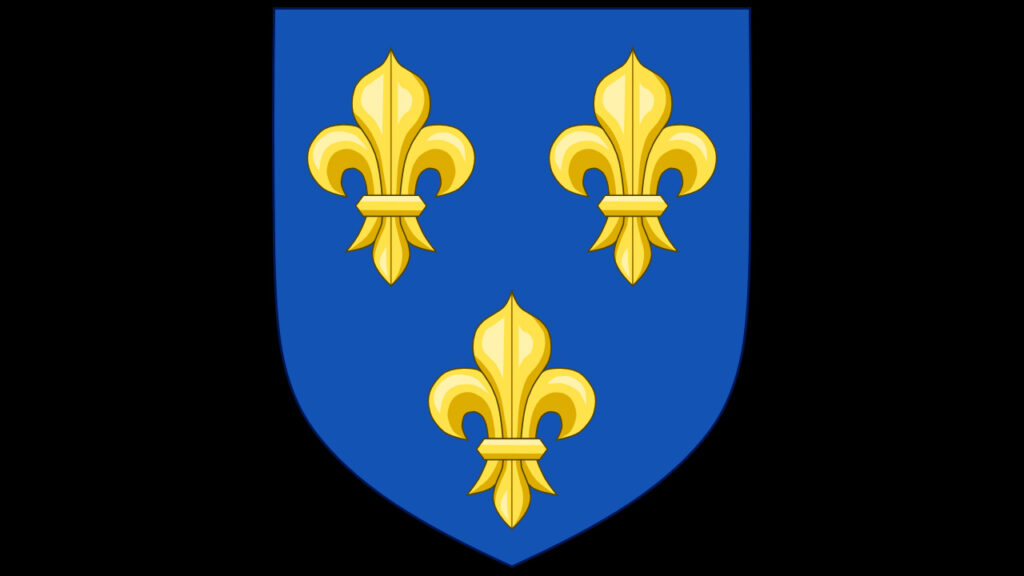
Star and Crescent
This symbol, commonly associated with Islam, represents the moon and the star, although its historical origins are complex and multifaceted.

Mandala
The Mandala, a geometric design often used in Hinduism and Buddhism, symbolizes the universe and the interconnectedness of all life.

Skull and Crossbones
The Skull and Crossbones, often associated with danger or poison, was historically used on pirate flags to convey a sense of fear and intimidation.

The Tree of Life
The Tree of Life is a symbol of interconnectedness and the cycle of life, appearing in various cultures and religions, including Norse mythology and Kabbalah.
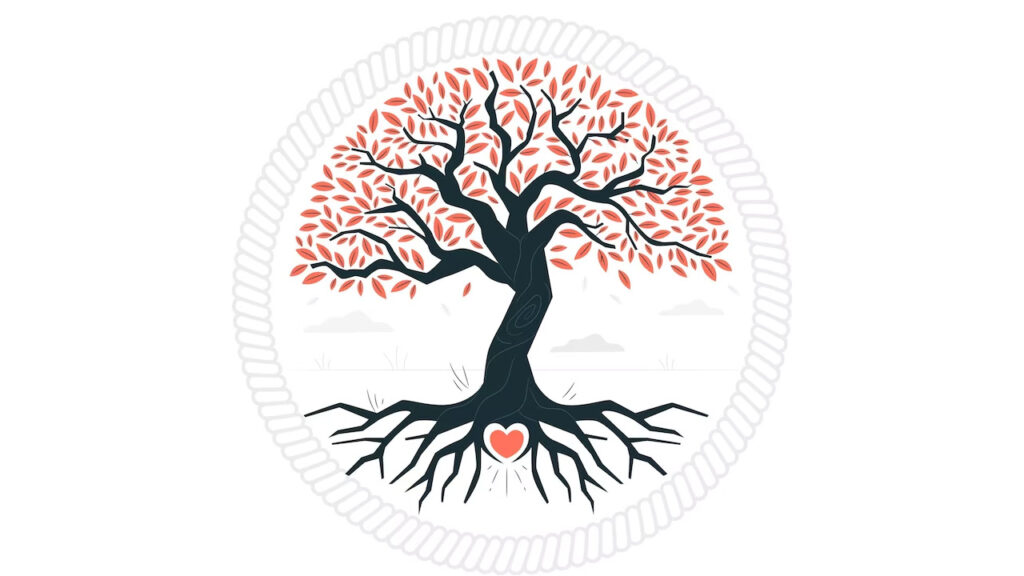
Ampersand
The Ampersand (&) symbol represents the conjunction “and” and has evolved from the Latin word “et.” It is used in written language and design to connect ideas or items.
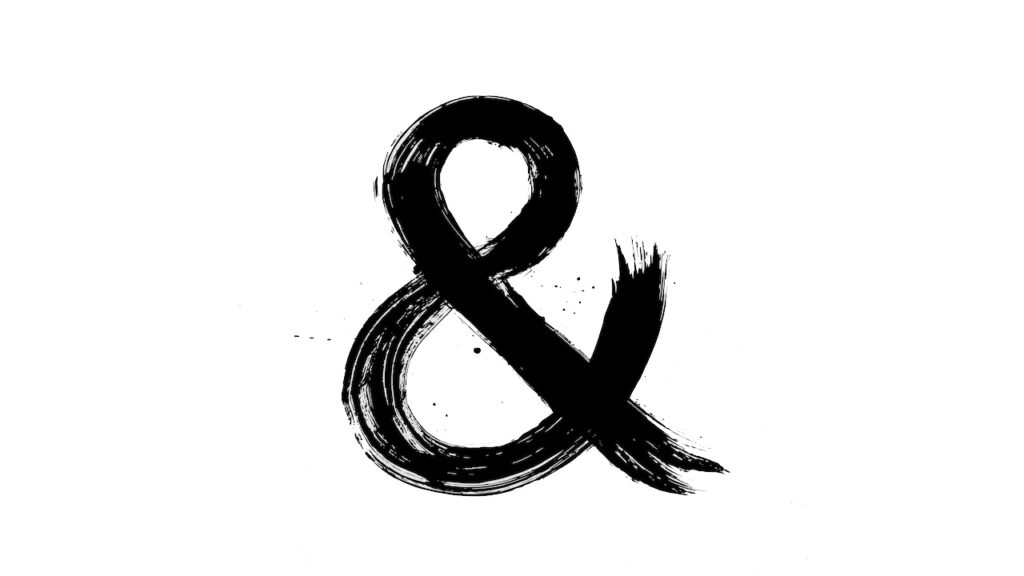
The Phoenix
The Phoenix is a mythical bird that symbolizes rebirth and renewal. It is often associated with overcoming adversity and emerging stronger from challenges.

Circles
Circles are universal symbols of unity, wholeness, and infinity. They represent cycles, such as the seasons or the circle of life.

Dragons
Dragons are prominent in various mythologies and cultures, symbolizing power, strength, and often protection. In Chinese culture, they are associated with good luck and prosperity.
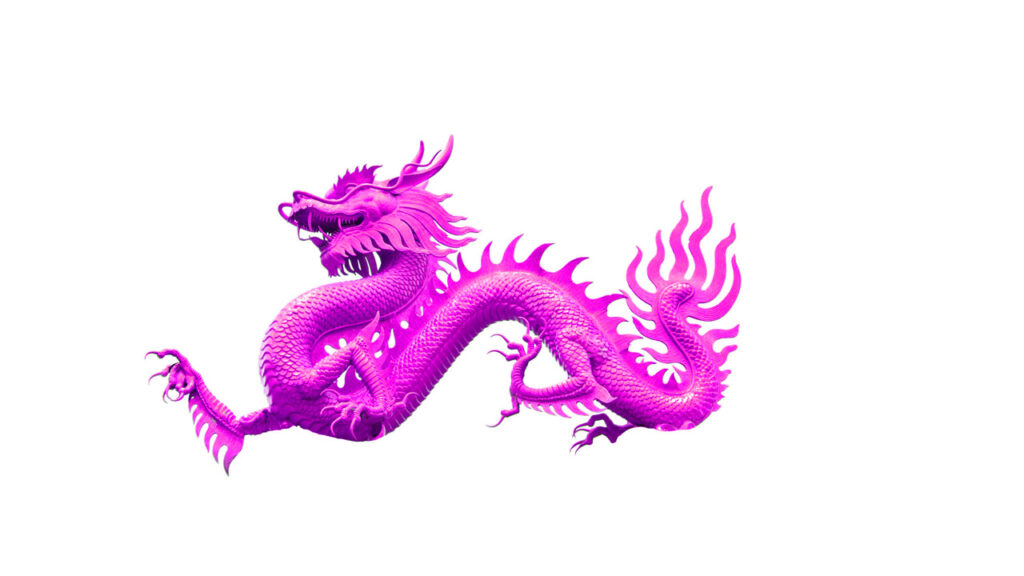
The Dove
The Dove is a symbol of peace and purity, often associated with the Holy Spirit in Christianity and featured in various creation myths.
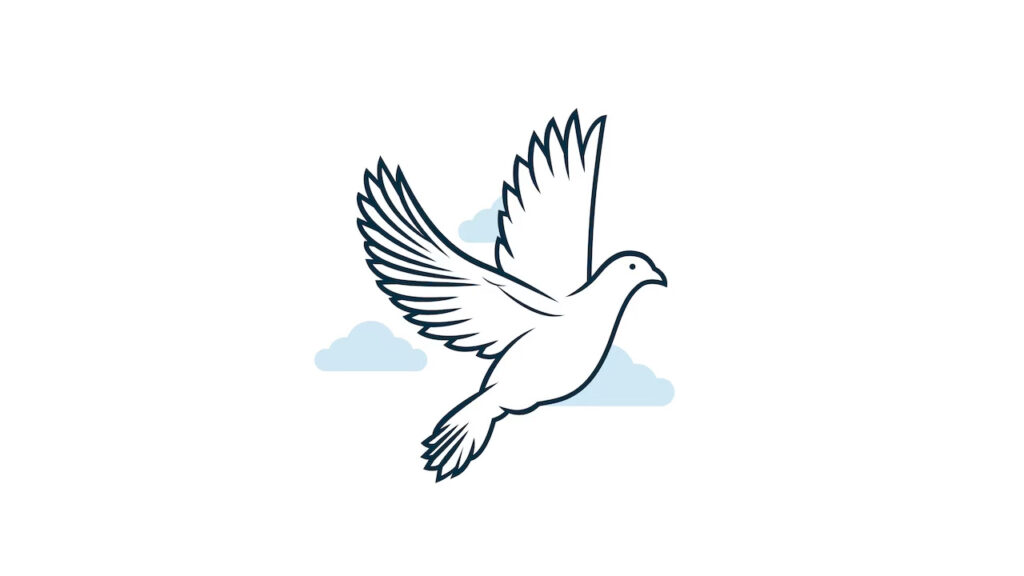
The Lion
The Lion is a symbol of courage, strength, and royalty. It appears in various cultures as a representation of power and leadership.

The Owl
The Owl is often seen as a symbol of wisdom and knowledge, especially in Greek mythology where it is associated with the goddess Athena.

Square and Compasses
The Square and Compasses are Masonic symbols representing moral and ethical principles and the pursuit of knowledge within the Masonic tradition.

Symbols are not just mere images; they are windows into our shared human history and the complexities of our cultural, spiritual, and social beliefs. Understanding the origins and meanings of these symbols allows us to appreciate the depth of human expression and connection across time and space, reminding us that even in our diversity, there are common threads that bind us together.






